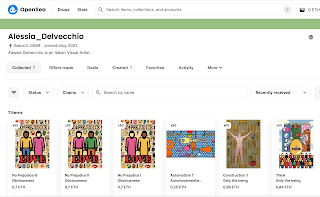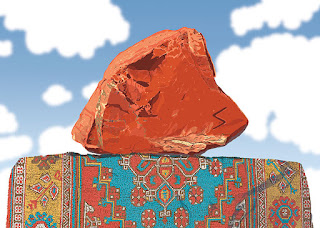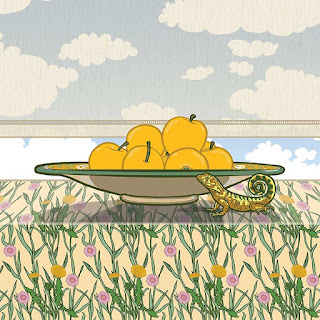IT
Questo sito web va momentaneamente in vacanza. Le opere originali di Alessia Delvecchio e le stampe ad edizione limitata ritorneranno in vendita nel 2026. Sono sempre disponibili le stampe non numerate su Saatchiart. Per qualsiasi informazione consultare questi siti.
Varie opere in questo sito sono utilizzate nei marketplace su articoli di vario genere che sono disponibili su Redbubble e Spreadshirt.
Nel mese di Ottobre 2025 è uscito il volume speciale del fumetto di fantascienza "OnEarth". L'intera serie è disponibile su Amazon.
Ci vediamo nell'anno nuovo!
EN
This website is temporarily on vacation. Original artworks and limited edition prints by Alessia Delvecchio will return on sale in 2026. Are still available unnumbered prints on Saatchiart. For any information consult these websites.
Various artworks on this web site are used in marketplaces on various items that are available on Redbubble and Spreadshirt.
A special volume of the science fiction comic "OnEarth" was released in October 2025. The entire series is available on Amazon.
See you soon!
Alessia Delvecchio
“Jacinth”,
digital painting print on gatorfoam
(Limited Edition of 50)
100x140x2cm, 2025














